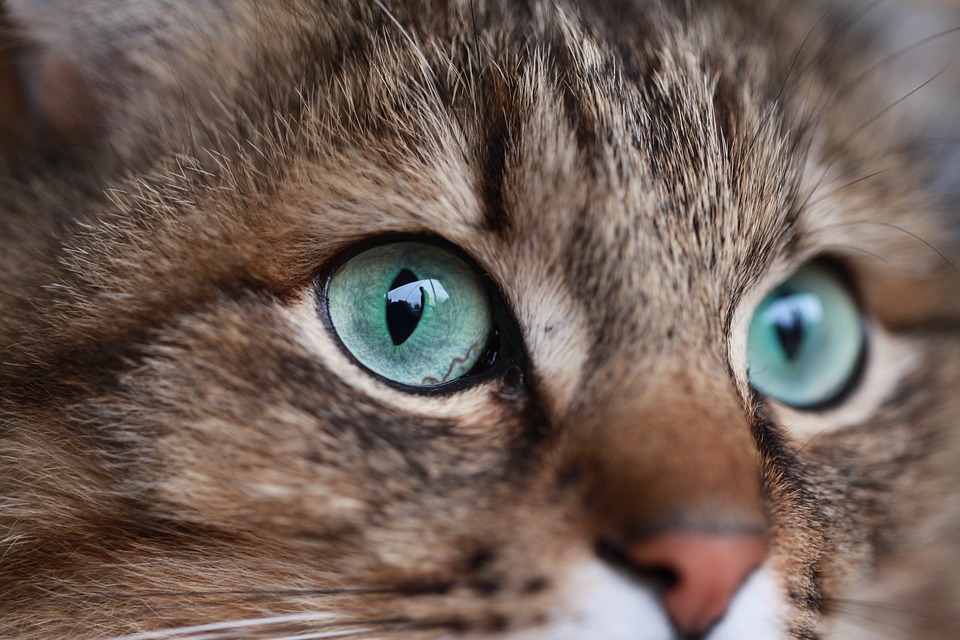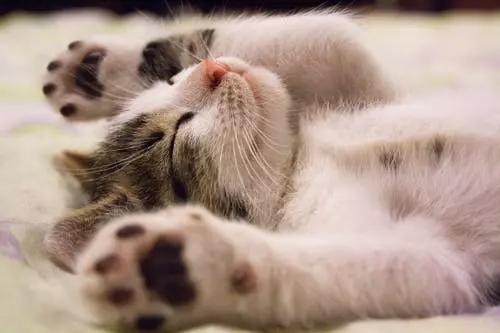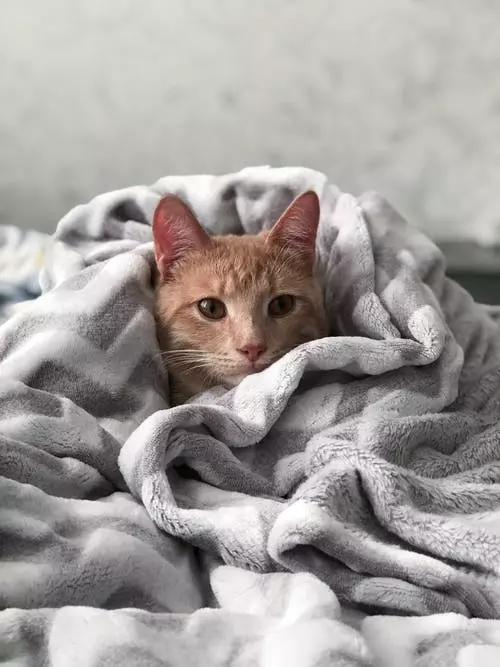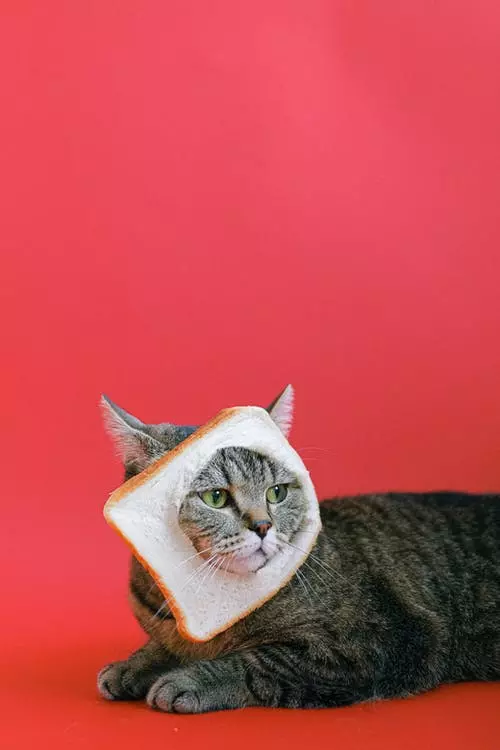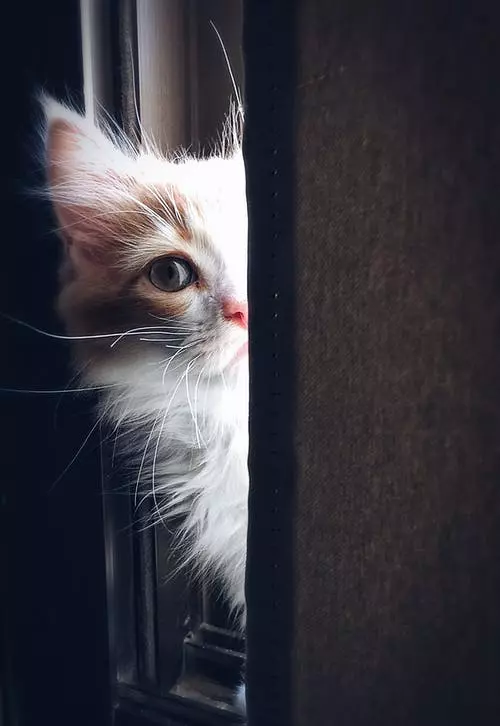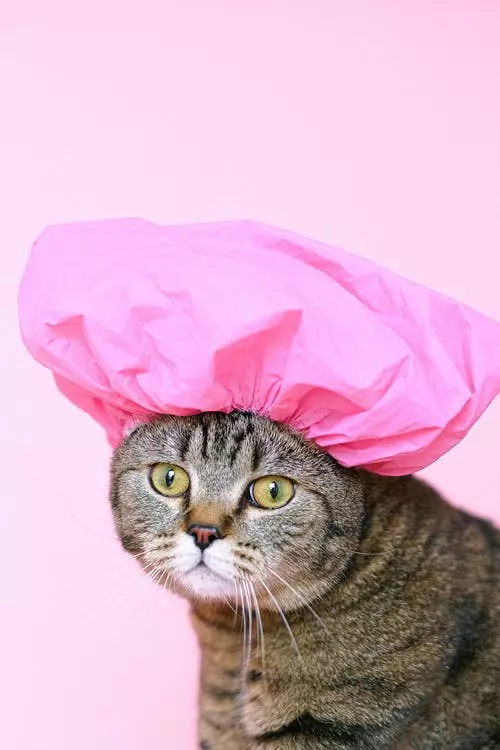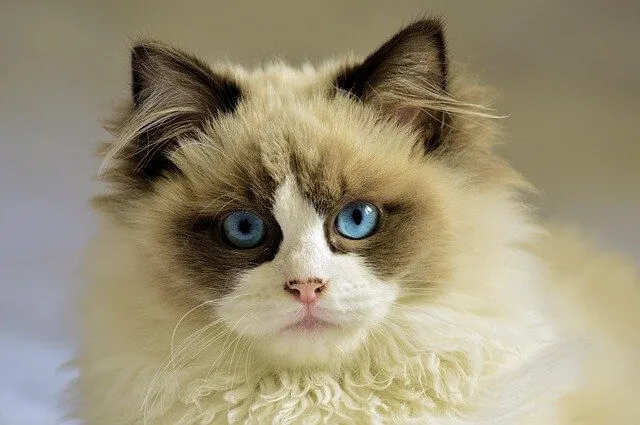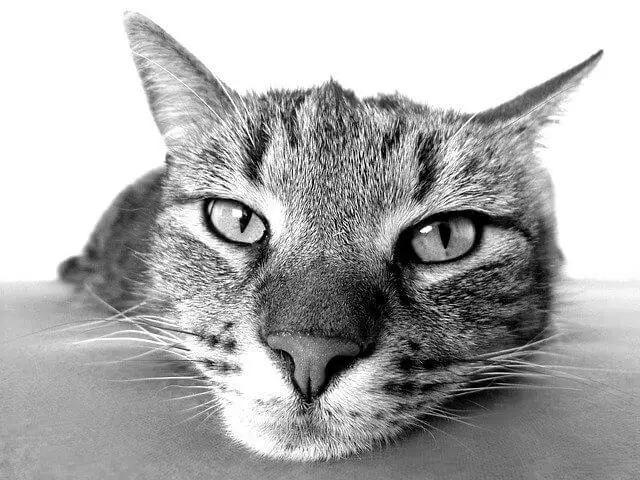Owning a long-haired cat comes with the responsibility of establishing a regular grooming routine. This routine not only keeps your furry friend looking beautiful but also helps prevent common issues such as matting, hairballs, and skin problems. In this article, we will guide you through the steps to establish a regular grooming routine for your long-haired cat, ensuring they stay happy and healthy. Additionally, we have included a FAQs section at the end to address common concerns regarding cat grooming.
Before diving into the grooming routine, it’s essential to have a basic understanding of your long-haired cat’s coat. Long-haired breeds, such as the Maine Coon, Persian, or Ragdoll, have a thick double coat consisting of a dense undercoat and longer guard hairs. This luxurious coat requires special attention to keep it tangle-free and prevent discomfort for your feline companion.
The first step in establishing a grooming routine for your long-haired cat is brushing. Brushing is the cornerstone of any grooming routine for long-haired cats. It helps remove loose hair, prevents matting, and promotes a healthy coat. Here are the steps to effective brushing:
1. Choose the right brush: Long-haired cats typically require a combination of a wide-toothed comb and a slicker brush. The comb helps detangle and remove larger mats, while the slicker brush removes loose hair and prevents smaller tangles.
2. Start slow and gentle: Introduce brushing to your cat gradually, making it a positive experience. Begin with short sessions, gradually increasing the time as your cat becomes more comfortable.
3. Focus on problem areas: Pay extra attention to areas prone to matting, such as the belly, armpits, and behind the ears. Regularly comb through these areas to prevent mats from forming.
4. Be patient: Take your time while brushing, ensuring you don’t pull or tug on the hair. Use gentle strokes and reward your cat with treats or praise to make the experience enjoyable.
While long-haired cats are excellent self-groomers, occasionally they may need a bath to maintain their hygiene and prevent matting. Here’s how to bathe your long-haired cat effectively:
1. Gather supplies: Prepare a cat-friendly shampoo, a non-slip mat for the tub or sink, towels, and a gentle sprayer or jug for rinsing.
2. Brush before bathing: Brush your cat’s coat thoroughly before the bath to remove any loose hair or tangles. This step helps prevent matting during the bathing process.
3. Use lukewarm water: Fill the tub or sink with enough lukewarm water to comfortably bathe your cat. Ensure the water level is not too high to avoid causing stress to your feline friend.
4. Apply shampoo carefully: Wet your cat’s fur and gently massage the shampoo into their coat, avoiding the face and ears. Use a cat-specific shampoo to prevent skin irritations.
5. Rinse thoroughly: Rinse your cat’s coat thoroughly to remove all traces of shampoo. Leftover shampoo can cause skin irritations or dryness.
6. Dry gently: After the bath, wrap your cat in a towel and gently pat them dry. Avoid using a hairdryer, as the noise and heat may distress your cat. Allow them to air-dry in a warm, comfortable space.
Now, let’s address some frequently asked questions about grooming long-haired cats:
Q: How often should I groom my long-haired cat?
A: Long-haired cats should be groomed at least once or twice a week. However, cats with thicker or more prone-to-matting coats may require daily grooming.
Q: What should I do if I encounter mats in my cat’s fur?
A: Use a wide-toothed comb or specialized mat remover to carefully untangle the mats. If the mat is too severe or close to the skin, it’s best to seek professional help from a groomer or veterinarian.
Q: Can I trim my cat’s fur at home?
A: Trimming your cat’s fur at home can be challenging and should be done cautiously. Seek guidance from a professional groomer for the first few times to understand the correct technique and tools to use.
Q: Are there any specific dietary requirements for long-haired cats?
A: While there are no specific dietary requirements for long-haired cats, a balanced diet with high-quality cat food is essential for maintaining a healthy coat and overall well-being. Consult your veterinarian for personalized dietary recommendations.
By establishing a regular grooming routine for your long-haired cat, you’ll not only enhance their appearance but also promote their overall health and happiness. Remember, patience and positive reinforcement are key when it comes to grooming. Enjoy the bonding experience with your feline friend and watch them strut their stuff with pride!

